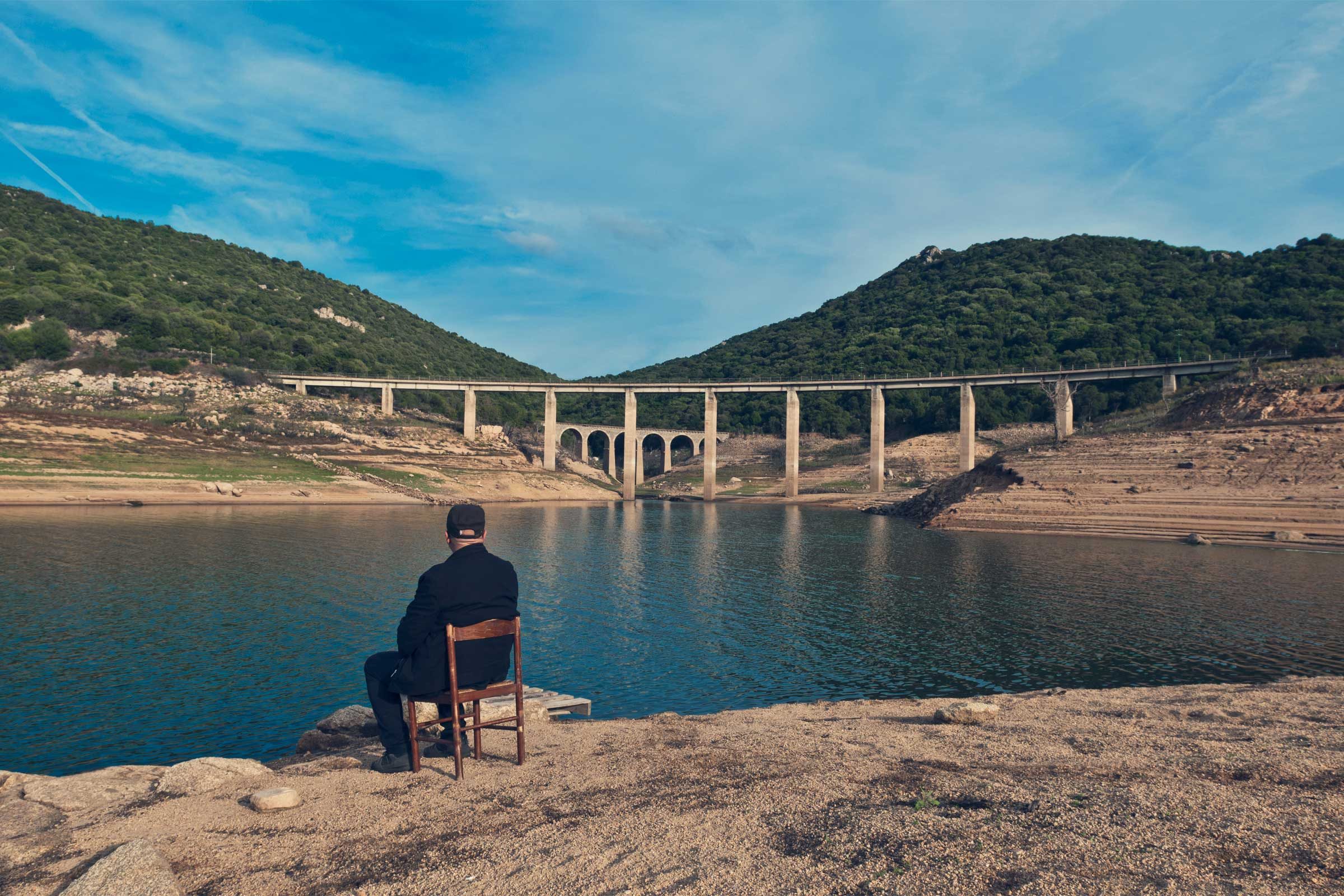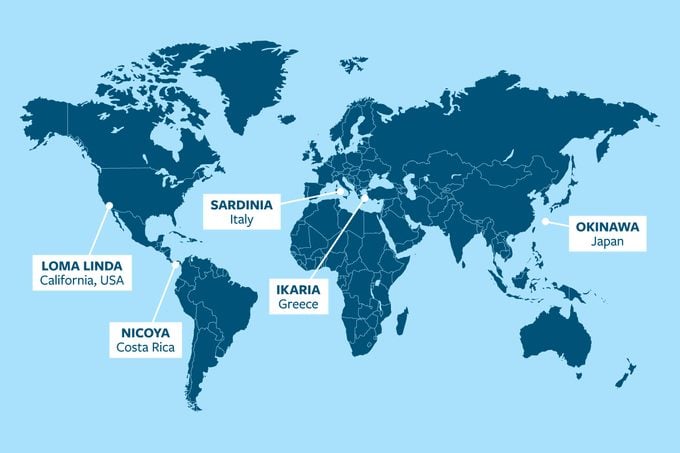Would you want to live to 100? Learn how the Blue Zone diet can help you.

What Is the Blue Zone Diet—and How Can It Help You Live to 100?

Does living until you’re 100 sound exciting? For many of us, the answer depends on a variety of factors, namely quality of life. If we could live well without health problems, living to 100 sounds great. That’s where the blue zones come in.
What Is a Blue Zone?
A blue zone is an area of the world where people consistently live to over 100 years old. Even better, people don’t just live to 100 but they live well and without the burden of chronic disease.
Dan Buettner and his team of scientists discovered the blue zones during a National Geographic expedition in partnership with the National Institute on Aging. Fortunately for us, we don’t have to travel to these zones (though we’d love to!) in order to reap the health benefits of those communities. We can learn from their lifestyles and start incorporating their healthy behaviors right away.
Blue Zone Map

The five blue zones include:
-
Sardinia: An island off the coast of Italy with the world’s longest-living men.
-
Okinawa: South Pacific islands with the world’s longest-living women.
-
Loma Linda: An area of California where people live about 10 years longer than the average American.
-
Nicoya: A district in Costa Rica where people eat very little processed foods.
-
Ikaria: An Aegean island where people live an average of 8 years longer than most Americans do
What Is the Blue Zone Diet?
First, the blue zone diet is not a diet at all but rather a way of life. This well-rounded lifestyle includes daily activity, close relationships and healthy eating.
Plant Slant
One of the biggest takeaways from the Blue Zone diet is the importance of a plant-based diet. People who live in blue zones eat a wide variety of plants like beans, vegetables, fruits and whole grains. People in the blue zones tend to eat very little meat, just about five servings per month.
If you’re thinking that this plant-forward approach sounds a lot like the Mediterranean diet, you’re right. These two eating plans are similar and focus on vegetables, whole grains, plant-based proteins and healthy fats.
Start by incorporating some of these healthy vegetarian recipes into your dinner routine.
80% Rule
In addition to eating healthy foods, people in blue zones eat slightly less food than many of us. People living healthfully into their hundreds tend to follow the 80% rule, which means that they stop eating once they are 80% full rather than feeling stuffed.
People in these regions tend to eat their smallest meal of the day in the late afternoon or early evening and are then finished eating for the day.
Celebration
Perhaps the most impactful eating habit of people in the blue zones is how they view their food. In many of these zones, food is a celebration and a reason to gather with loved ones.
People in blue zones report a sense of tribe and belonging. They spend every day with loved ones and surround themselves with friends who support them. Studies show that high levels of social interaction can lead to improved heart health.
Takeaway
When we learn about a new healthy study or trend, it’s natural to want to go all in. The Blue Zone diet contains a variety of tips that could improve your health and well-being. However, remember that using the Blue Zone plan does not have to be all-or-nothing.
According to the Centers for Disease Control and Prevention, the best way to invest in health is through policy. This means that many of these factors are bigger than us and our individual decisions. Living in a community with walking paths and farmers’ markets makes it a lot easier to incorporate healthy changes into your lifestyle. No matter if your investments in your health are personal or on a larger scale, remember to be kind to yourself as you start to tweak your lifestyle choices.



















